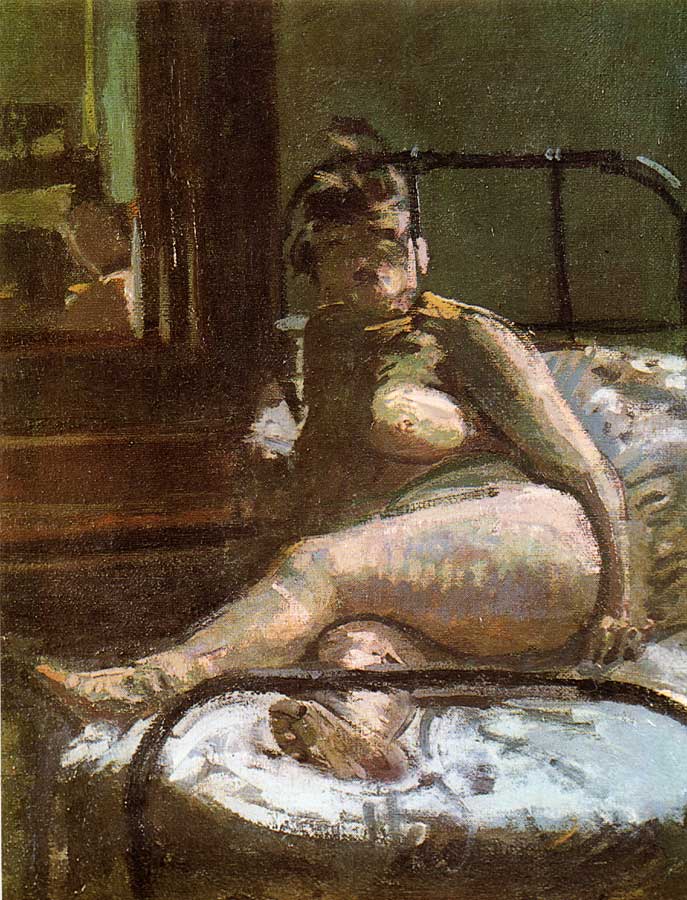Originally posted by bolo
View Post
I'm sorry. I couldn't bring up a copy of LH. Can you? I wanted to discuss a few points. First, why do you say the eyes of one of her clients? There is noone else in the pic. Isn't it through the artist's eyes, through our eyes. Also it seems that anonymous lump of flesh is understating it. To me it's animal, pig, inhuman, monster. Not a desirable "object," but more, or less, than anonymous. That's what the artist shows us. I don't think anyone would want sex with her, dirty and quick or not. And I'm sure that's part of the point.
Also, while I certianly agree that interpretations of Sickert, or whoever, should be as biased free as possible, but I don't see why they should be Ripper free. We interpet what we see, and if I feel that the artist in LH did much the same thing to this woman as JTR was trying to do to MJK, that has to be just another point which might be true, somewhat true or not true. But it can't be dismissed cuz it uses the R word, right?
I'm not saying that WS is JTR; I'm just saying that perhaps their "works" suggest similar feelings towards women--at times.
I'd like to look at more WS works, and I wonder if you might recommend a source. Now I have to go. I'm one of those funded as Dr. X says by the intentional fallacy.





Comment